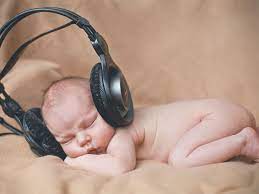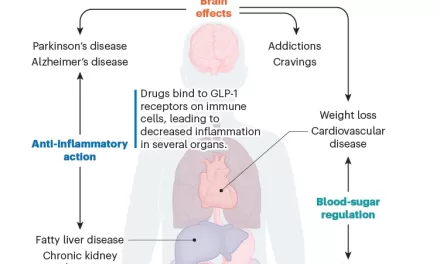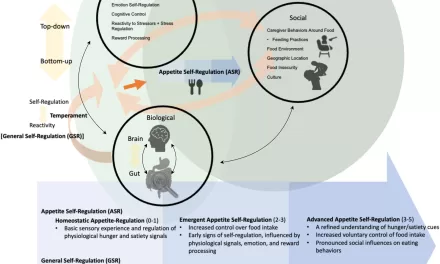A new study led by researchers at Concordia University suggests that the urge to move to music is a fundamental physiological response, independent of how much a person enjoys music. The research, published in the journal PLOS One, found that even individuals with musical anhedonia—those who take little or no pleasure from music—still experience a strong urge to move when exposed to rhythmic tunes.
The study, led by Isaac Romkey, a Ph.D. student in Concordia’s Department of Psychology, explores the relationship between groove, pleasure, and movement. While the pleasurable experience of music and the compulsion to move to it are typically correlated, Romkey’s research suggests they may be separable.
Examining the Groove Response
To investigate this phenomenon, Romkey and his team conducted a study involving participants with musical anhedonia and non-anhedonic controls. Participants were selected based on their ability to experience pleasure from other activities, such as food and sex, ensuring that their lack of musical enjoyment was not due to broader reward system dysfunction. The researchers also confirmed that participants had normal pitch and beat perception and were not experiencing depression.
Each participant listened to over 50 short musical pieces designed to elicit a groove response, varying in rhythmic complexity. After each piece, they rated both the pleasure they experienced and the extent to which they felt the urge to move.
Typically, people exhibit an inverted U-shaped response to rhythmic complexity, meaning that they prefer to move to music with moderate rhythmic complexity rather than very simple or highly complex rhythms. The researchers hypothesized that those with musical anhedonia would show lower pleasure ratings but maintain a preserved urge to move for groovy music.
However, the results revealed no significant differences between anhedonic and non-anhedonic participants in terms of their ratings for pleasure or movement. Interestingly, the data suggested that for those with musical anhedonia, the urge to move might actually drive their sense of pleasure. This finding implies that, while they may not find traditional enjoyment in music, movement itself may provide an alternative source of pleasure.
Insights into Brain Function
While the causes of musical anhedonia remain unclear, Romkey notes that it appears to have a heritable component. The study further highlights the role of different brain regions in music perception. The urge to move is linked to the dorsal striatum, a brain region associated with motor functions, while pleasure responses are more closely tied to the ventral striatum, which governs reward and motivation.
“For future studies, we are going to look at differences in functional and structural connectivity in the brain between anhedonics and controls in the dorsal and ventral striatum using imaging techniques, including MRI and magnetoencephalography,” Romkey explained.
The study’s co-authors include Nicholas Foster, Simone Dalla Bella, and Virginia Penhune from Concordia University, as well as Tomas Matthews from Aarhus University.
Conclusion
This research sheds new light on how humans respond to music and movement, even when they lack the typical emotional response to melodies and rhythms. The findings may have implications for understanding motor functions, neurological disorders, and even therapeutic interventions that utilize music and movement.
Disclaimer: This article is based on research findings published in PLOS One. The information presented is for educational and informational purposes only and should not be considered medical or psychological advice. Readers should consult qualified professionals for guidance on any health-related concerns.












